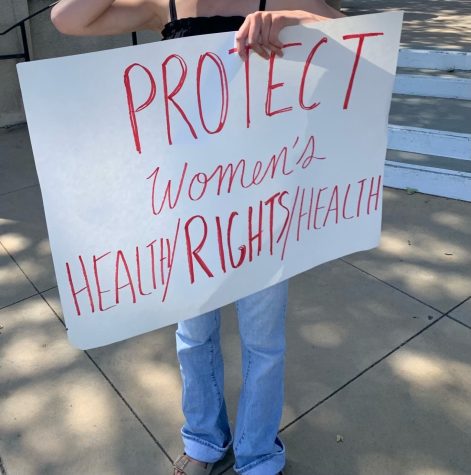245 years later, the American Dream is still thriving
The phrase “the rich get richer and the poor get poorer” has been repeated so frequently by political figures that many just believe it without question. After all, watching politicians from both sides yell about the “death of the American Dream” because of increasing income inequality figures in the past few decades makes it all sound plausible. But just because a statement is repeated often enough does not make it true. Income inequality is no different: it is a misleading use of data that twists the truth about America’s current state of social mobility, which in reality is volatile and brimming with optimism. In other words, what makes the American Dream so enticing is still as strong as ever.
Income inequality is often defined as the uneven distribution of wealth throughout a population. Although the concept of a large disparity between the rich and the poor sounds like a problem, there is a fundamental flaw in this fear. As American economist and author Thomas Sowell put it, “A growing disparity between one statistical category and another statistical category over time does not mean that there is a corresponding growing disparity between flesh-and-blood human beings over time, because people move from one statistical category to another all the time.” According to the New York Times, for at least one year in their lives, 12% of Americans will find themselves in the top 1% of the wealthy, 39% of Americans make the top 5%, 56% will make the top 10%, and a whopping 73% will make the top 20%. This means that nearly ¾ of Americans will make at least a six figure income, which is what people in top quintile make.
The 1995 Annual Report by the Federal Reserve Bank of Dallas, which tracked individuals from 1975 to 1991, tells a similar story. The study found out that of the people who were in the bottom quintile in 1975, 59.3% made it to the top 40% by 1991 and 29% made the top quintile, while only 5.1% remained in the bottom quintile in those 16 years. This means that those who started off at the bottom were nearly six times more likely to make it all the way to the top than stay at the bottom. Almost 98% of those people had a rise in living standards and in comparison to those in the four other quintiles in 1975, they had a higher percentage gain and absolute gain in income in comparison by 1991. The data evidently shows that people are moving up the ladder and living their version of the American Dream, which is defined as equal opportunity for everyone. The possibilities to reaching this Dream are higher than ever.
These statistics are a complete takedown of the implied reasoning of income inequality, which is that the rich get richer at the poor’s expense. Not only are the poor getting richer, but they are doing so at an unprecedented rate that easily outpaces the rich. In fact, the concept that people at the top income categories are guaranteed to stay there is not true. The highest income categories have actually seen massive turnover, with most wealthy individuals having a hard time staying at the top. In contrast to those in the bottom quintile in 1996 seeing their incomes nearly double in real dollars by 2005, a Treasury study found that those who were in the top 5% and top 1% saw a decrease of their real income during a nine year period, with nearly ¾ of those who began in the top 0.01% at the beginning of the study falling out of the category. If the rich are set for life, why are so many of the wealthy falling out of their own income categories? The answer is quite simple.
There’s a few reasons why individuals are able to move themselves into new brackets, which include age, formal education, experience, and on-the-job skills. With more age and experience, a person can earn more income, giving stable opportunities to move out of lower income brackets. For everyone, including those who start out at the bottom, it all starts with making the right decisions in life: by completing high school, getting a job, and waiting until 21 to get married and have children, one has only a 2% of staying in poverty according to the Brookings Institute.
As Martin Luther King once said, “The American Dream reminds us all that every person is heir to the legacy of their worthiness.” Income inequality is mentioned so often by modern day politicians because they adhere to winning votes from specific demographics of voters across the country, yet when the bases of these claims themselves are scrutinized a little further, it becomes clear that this narrative has been twisted to promote political agendas and class warfare rhetoric. The American Dream makes it possible for anyone to achieve anything. Even through some barriers, the American Dream provides opportunities to every generation, including ours at CHS, making it possible to live a better life. After 245 years of founding, the American Dream continues to be the world’s beacon of hope for the millions that invest their lives into America today. Politicians who tell you this is not true are even living “the Dream” themselves. And so are you, if you’re willing to put in the effort.
Hello there! Our goal is to provide relavent, engaging journalism for readers of all ages. Your donation will support the student journalists of the Wolfpacket at Claremont High School, and will allow us to purchase equipment, print our monthly issues, and enter in journalism competitions. We appreciate your consideration!

Lucas Grannis is a senior at Claremont High School and a proud four-year member of the Wolfpacket staff. Rising through the ranks from reporter to assistant...













